Matthew_Nolan's Shop
I have been teaching since 2012 and have a passion for creating interactive resources which can easily be differentiated. I enjoy making PowerPoints to engage pupils in my lessons and ensure that all the tasks are relevant and exciting to the topic being taught. I teach History, Classical Civilisations, PSHCE and General Studies. In addition to this I am also the Career Coordinator at my school and have begun creating numerous schemes of work for Years 7,8 and 9 and drop down days.





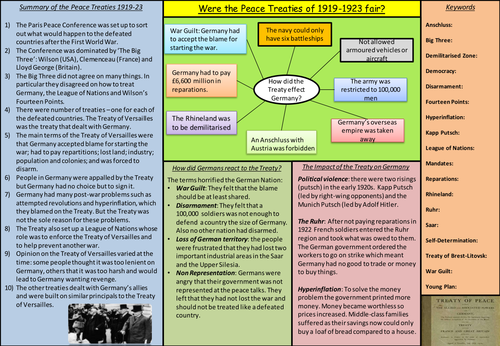

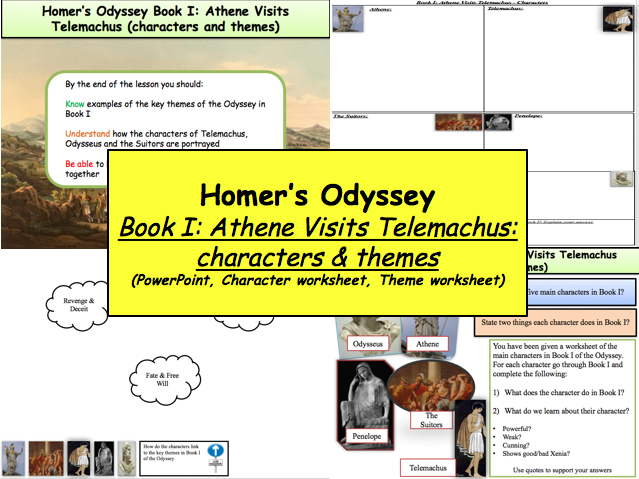
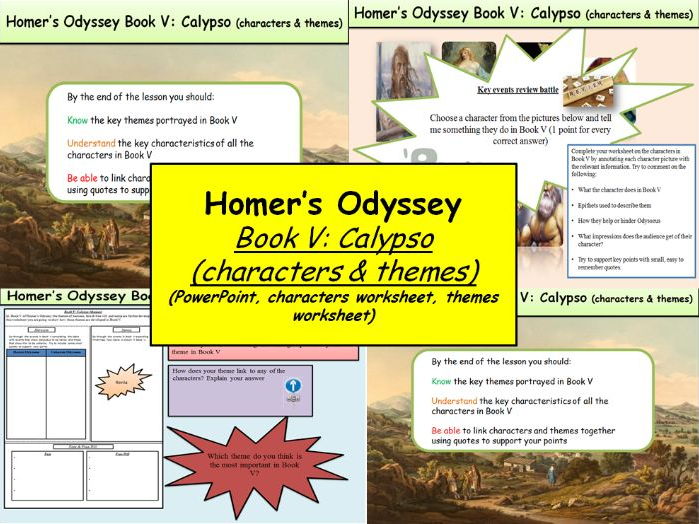



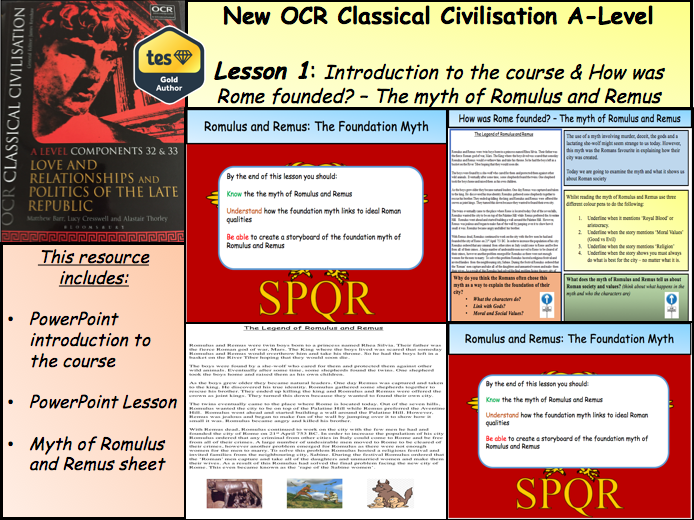




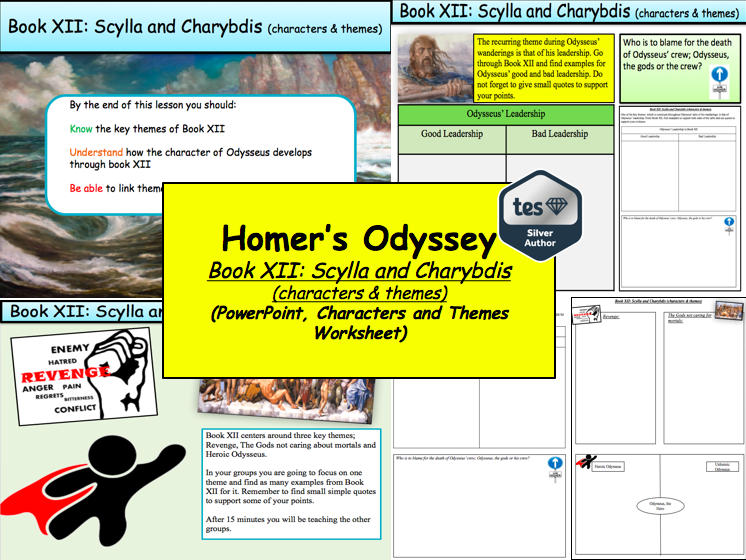

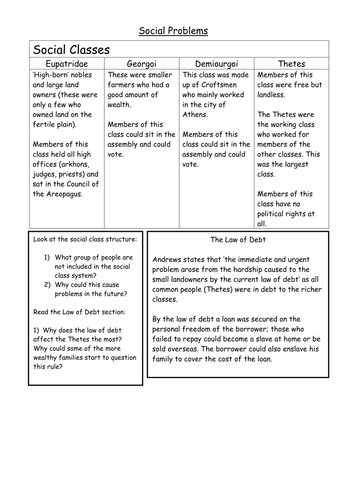
![Virgil’s Aeneid Book I: Storm and Banquet (key events) [New OCR A-Level: 'The World of the Hero']](https://d1e4pidl3fu268.cloudfront.net/ab417b6f-046b-43e1-b2ea-9f1d45ba4237/ScreenShot20170720at093946.crop_788x591_0,0.preview.png)

